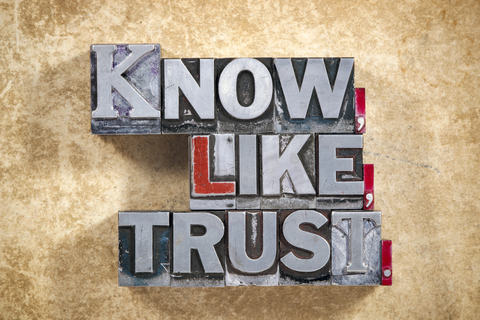Selling Without Being A Salesperson

Sales is a four-letter word— how often as a Realtor© have you felt that? There is scarcely a culture in the world that doesn’t regard the idea of selling as a little icky. But in truth, we are all practicing that four-letter word—in every area of our lives. Leaders are selling their ideas to the […]
How To Finish Your Real Estate Year Strong

2021 for many of us, has been a good, bad or very different year in the real estate business, including myself. Many of you might not have heard a starting gun, but make no mistake about it… The race has begun. You’re in an all-out sprint to end the year. That’s how I’d encourage you […]
The 2021 Final Quarter Push for Realtors©

I don’t know about you but the first part of the year and my summer seemed to just fly by and I cannot believe it is September 2021 already. We are beginning the last quarter of the year and there are only two outcomes for us Realtors©. Will you finish in the red, or finish […]
The Art Of “The Close” In Real Estate

One of the most important skills of sales in real estate is “The Close” It is about the actions you take to gain the agreement of the sale. My favorite line as a real estate coach has always been the line “they couldn’t close a jar of mayonnaise.” There are many different closing techniques in sales, which […]